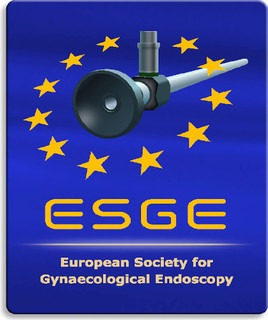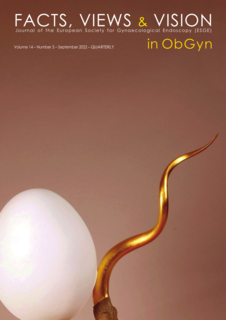Pelvic anatomy in laparoscopic surgery for pelvic organ prolapse: dissect your success
Laparoscopy, pelvic organ prolapse, colposacropexy, anatomy, dissection
Published online: Jan 27 2023
Abstract
Background: Laparoscopic surgery for pelvic organ prolapse is a complex procedure, requiring high technical skills and great knowledge of the anatomy to perform a safe dissection and achieve the best clinical and surgical outcomes.
Objectives: To highlight the anatomical landmarks during dissection in this procedure and give tips for a safer and more effective performance.
Materials and methods: Surgical videos of the dissection involved in laparoscopic surgery for pelvic organ prolapse in a stepwise approach.
Main outcome measures: Identification of the most important anatomical landmarks involved in the dissection of the promontory, the para-rectal space, the recto-vaginal space, and the vesico-vaginal space. Advice for acquiring better exposure and the right cleavage planes. Presentation of some difficult cases during dissection.
Results: Step-by-step overview of the different steps of dissection involved in laparoscopic surgery for pelvic organ prolapse, specifying the most important anatomical landmarks for reference and at risk of damage and presenting tips to correctly perform the dissection.
Conclusion: Besides the great surgical technical skills required, deep knowledge of pelvic anatomy is key for performing laparoscopic surgery for pelvic organ prolapse safely, minimising complications and recurrence and improving quality of life and the overall success of surgery.
Video scan (read QR)
https://vimeo.com/786591464/d9724dc8bd




